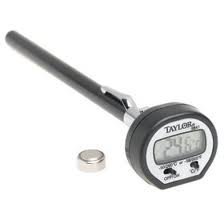Chief Longwind Of The North
Certified/Certifiable
If the meat is dry, you are cooking it too long. Pull the chicken when the juices run clear, and let rest for ten minutes or so before serving.
Seeeeeeya; Chief Longwind of the North
Seeeeeeya; Chief Longwind of the North

